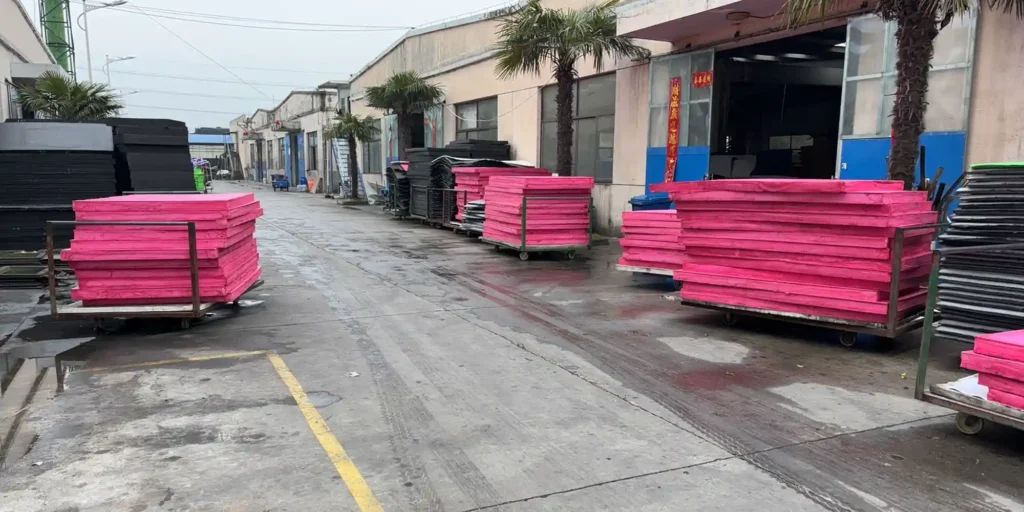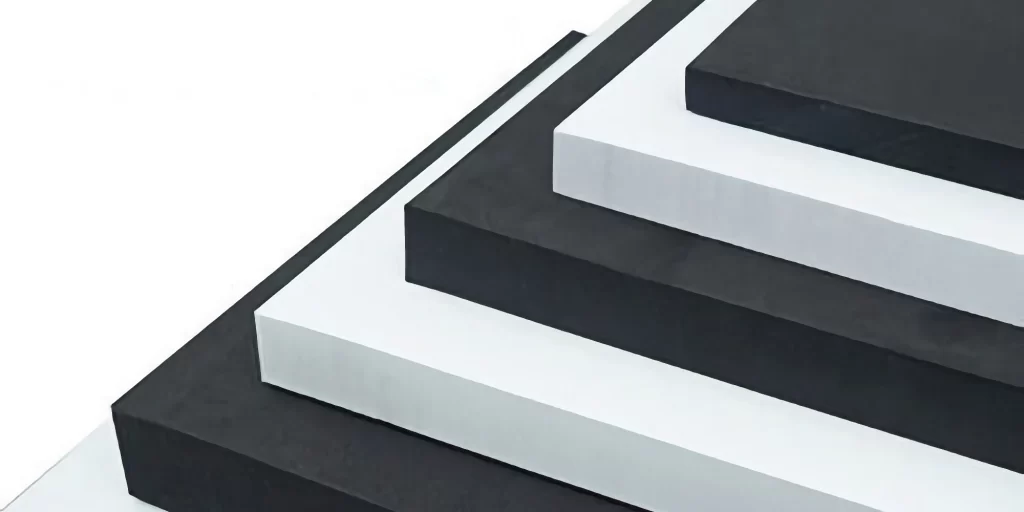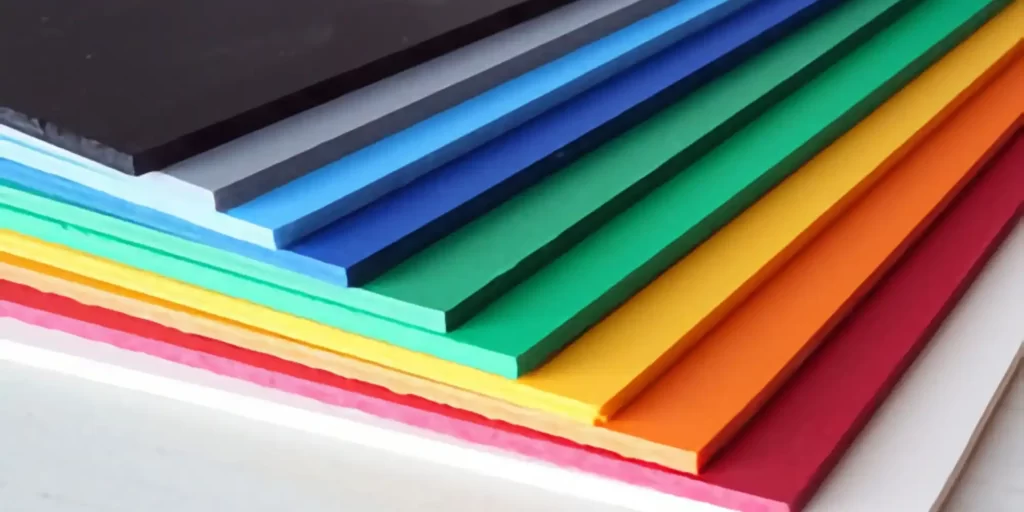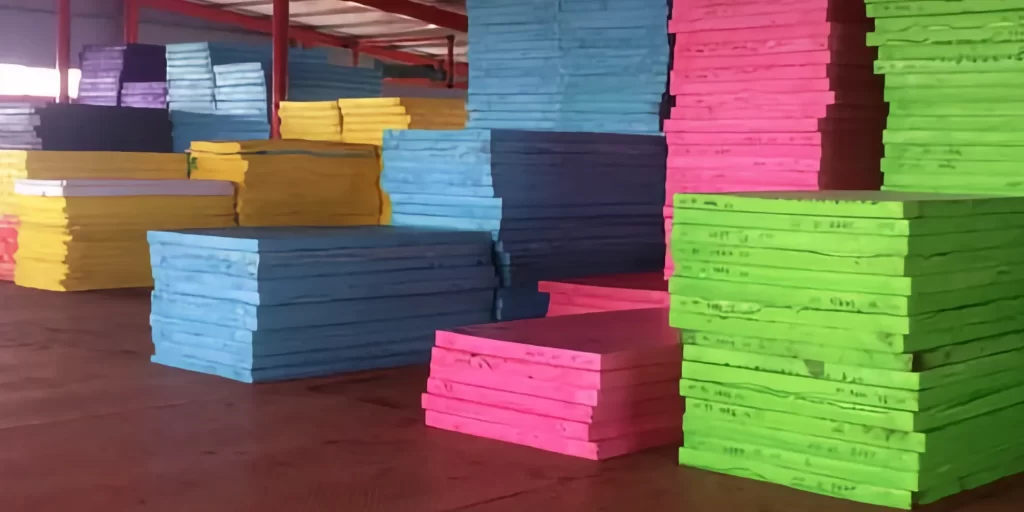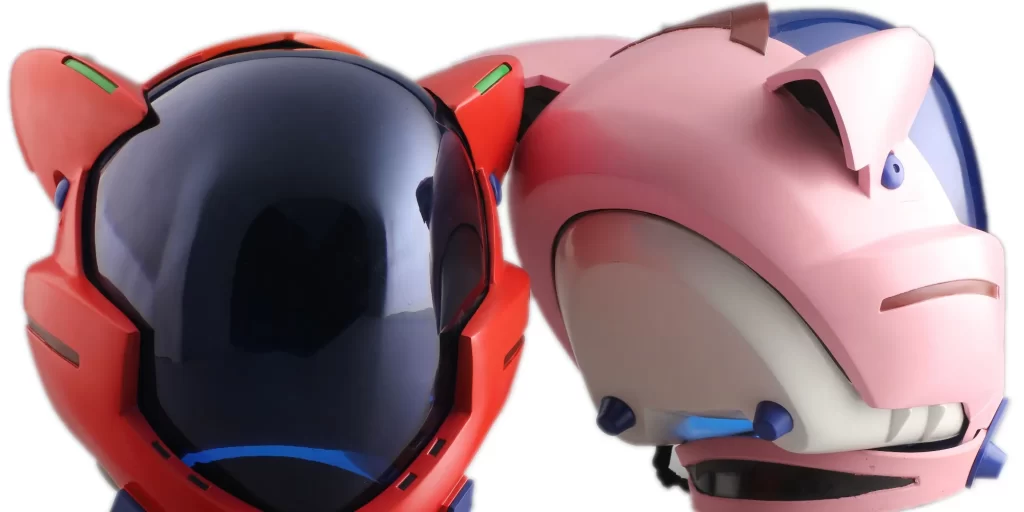Key Findings
Experimental data from eight test groups demonstrates:
- High expansion foams (30-50x): Average hardness 25±3 Shore C
- Low expansion foams (5-10x): Average hardness 58±5 Shore C
Material Selection Matrix
Our 3D selection framework matches:
- Load requirements: >50kg/cm² → Low expansion
- Impact absorption: >1.2m drop → High expansion
Technology Breakthroughs
1. Expansion-Hardness Relationship
- Storage modulus ↓67% when expansion increases (5x→30x)
- Medical packaging: <35 Shore C
- Automotive: ≥45 Shore C
2. Closed-Cell Innovation
93% closed-cell content achieves:
✓ 40% higher compressive strength
✓ Reliable -20°C to 25°C performance
Industrial Applications
| Application Type | Foam Type | Performance Gain |
|---|---|---|
| Sports padding | High expansion | 19% better impact absorption |
| Construction gaskets | Low expansion | 33% improved creep resistance |
Process Advancements
Multi-layer crosslinking enables:
- Single-production hardness gradients (28-55 Shore C)
- Mathematical model:
H = K × (ρ/ρ₀)^1.73
FAQ Section
Q1: Heavy load applications?
Low expansion required (EV battery cases show 8MPa strength)
Q2: Hardening high expansion foam?
Nano-CaCO₃ increases hardness 58% while maintaining 25x expansion
Q3: Extreme cold performance?
Modified high expansion foams show 76% better -40°C impact resistance
Q4: Process control?
±0.5°C temperature control → ±1.5 Shore C hardness variation
Q5: Conflicting requirements?
Sandwich structures combine 58 Shore C surface with 32 Shore C core
WELLE Trade has over 20 years of experience in the production and processing of PE/EVA/TPE foams, so you may want to consult with them if you have any sourcing needs.
